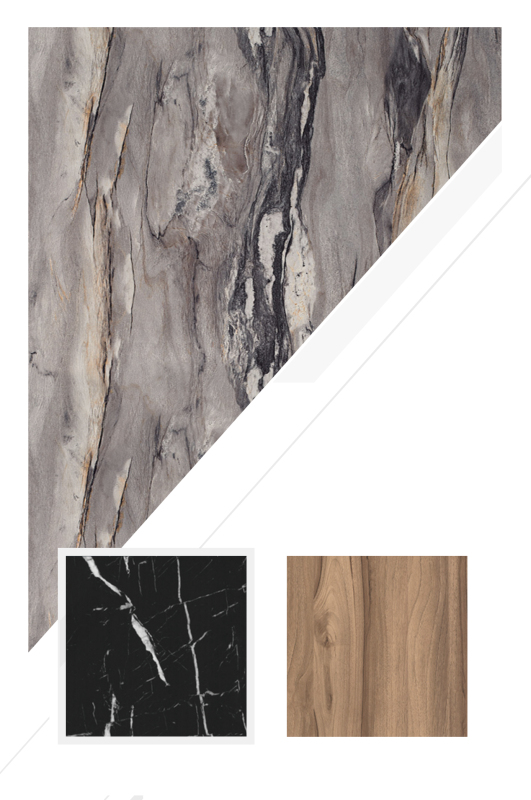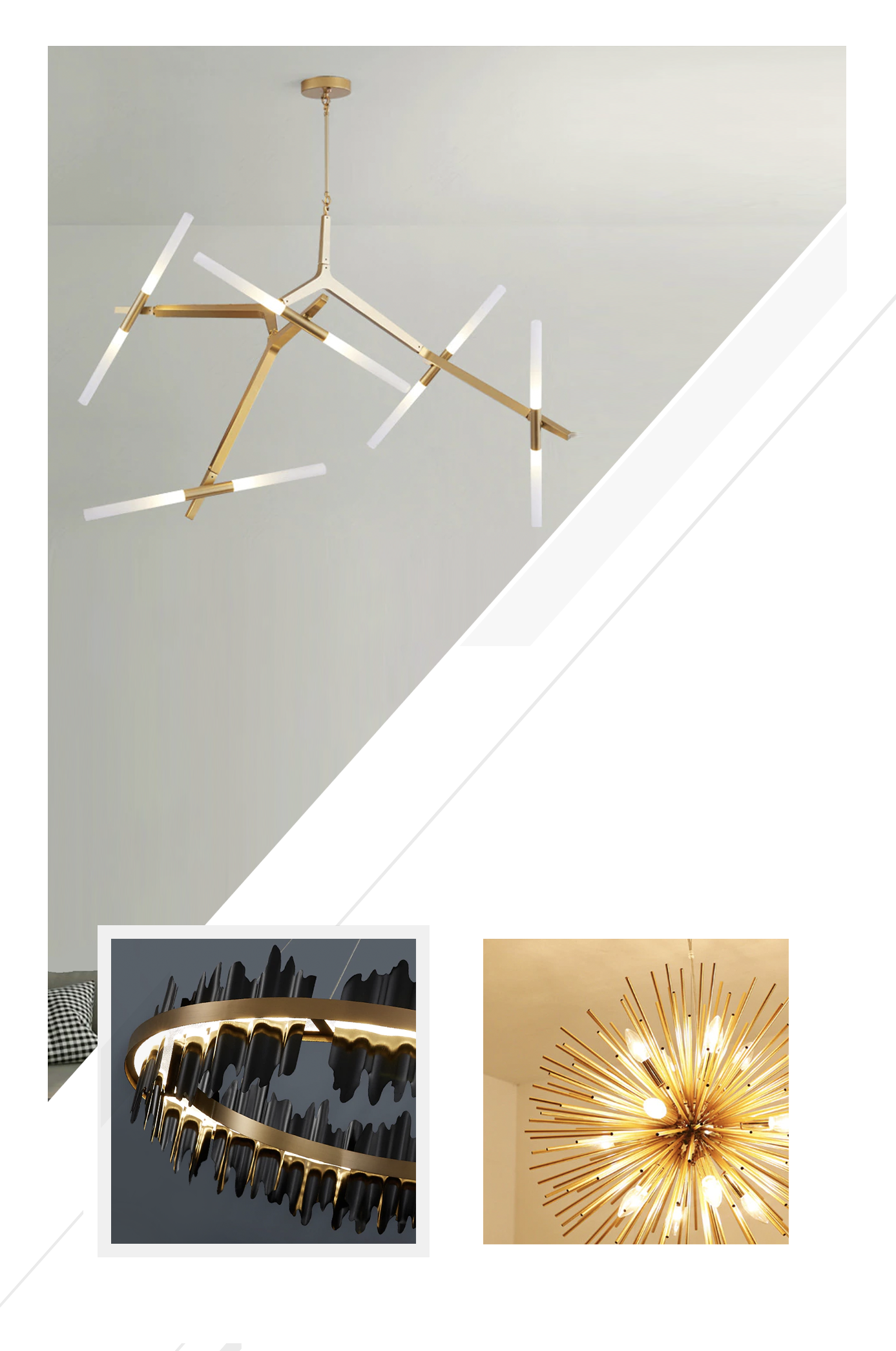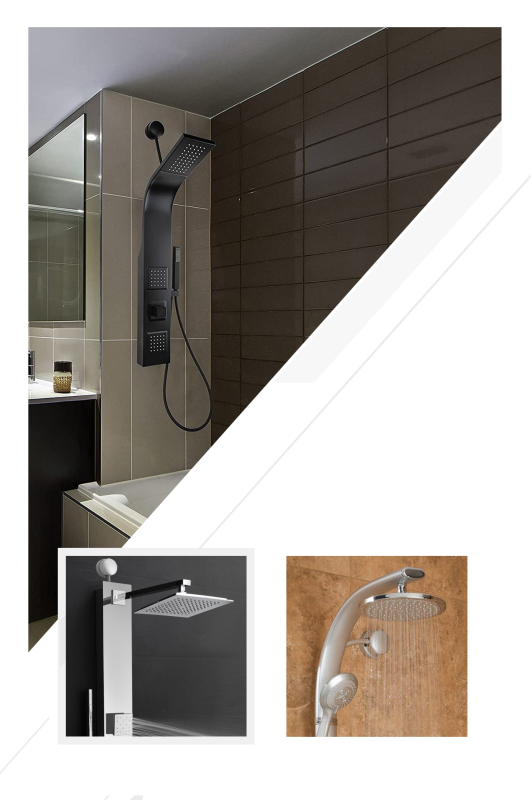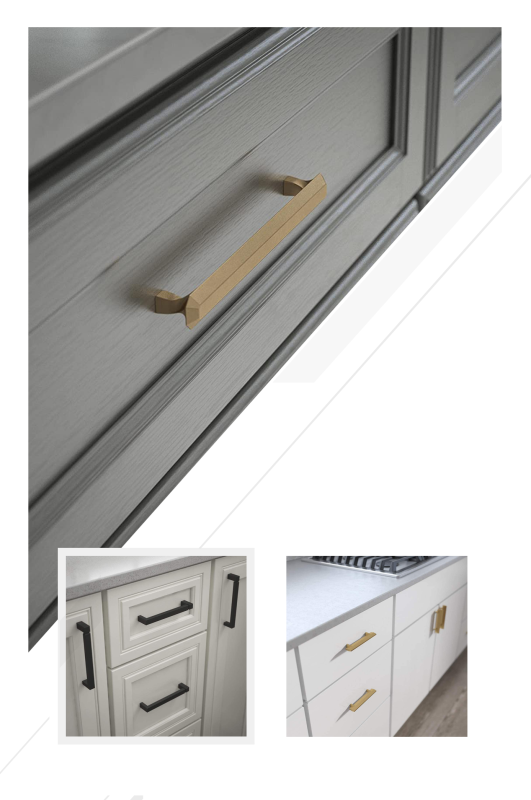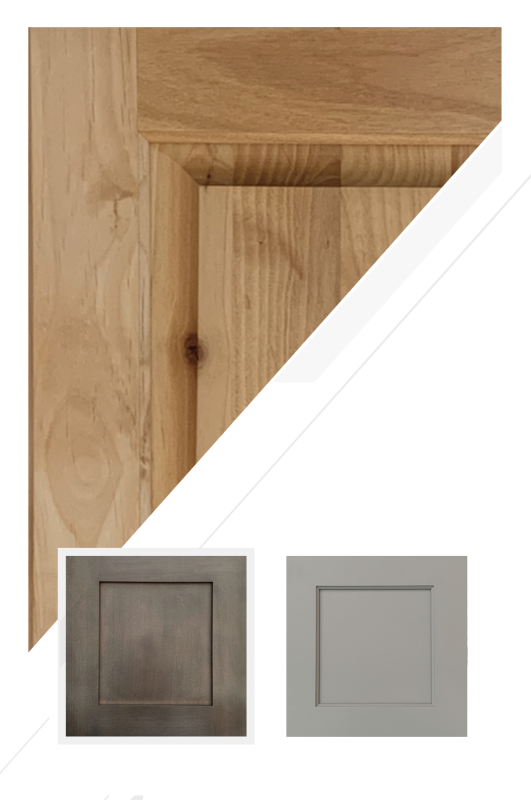Exterior Envelope Masterclass: Fire Ready Walls, Roofs, and Openings
By Joy Line Homes California
A home survives on the strength of its shell. In wildfire country, that shell must resist embers, shed heat, move water away, and keep air clean. Joy Line Homes treats the exterior envelope as life safety work. We combine factory precision with assemblies that pass plan review, set quickly, and stay easy to maintain in Los Angeles, Ventura, Santa Rosa, Napa, and Paradise. The result is a quiet, modern look that also performs when wind and sparks arrive together.
Think of the envelope as a sequence. Air and water control layers, ignition resistant skin, sealed edges, and disciplined openings. When each step is clear, inspections move fast, insurance supplements are approved, and ownership feels simple for the long run.
Walls that Block Ember Paths
Joy Line specifies fiber cement or engineered metal cladding over a continuous water and air barrier. Joints align with backing, then receive sealant that remains flexible through hot summers and cool nights. Corners are reinforced. Penetrations are collared and taped in the correct order so bulk water never finds sheathing edges. Behind the finish sits continuous insulation or batt systems that match Title 24 modeling. The look is refined. The layers are proven. The wall becomes a calm surface that ignores sparks and sheds rain without drama.
At the base of the wall, a metal or stone kick detail protects the finish from splash and keeps the first inches easy to clean after dusty weeks. This edge aligns with the five foot non combustible band so hoses and brooms can do their work in minutes.
Roofs that Resist Heat and Manage Water
Roof edges are where survival and appearance meet. We use Class A assemblies with continuous underlayment, sealed valleys, and flashings that do not collect debris. Standing seam metal or rated composites pair with simple ridge and eave details that deny ember pockets. Kick outs at wall intersections push water into the gutter, not behind siding. Where skylights are used, curbs are tall, sealed, and flashed with a path that reads like a diagram. Simplicity here saves time at inspection and keeps gutters and edges clean through the dry season.
In high wind exposures, we add clip schedules and fastener patterns that protect panels without changing the exterior language. The roof looks quiet and stays put when gusts arrive from canyon mouths or coastal storms.
Eaves and Vents that Stay Closed to Embers
Eaves are enclosed with cementitious panels. Soffit vents and gables use ember resistant products with fine mesh and internal baffles. We place vents out of direct wind paths and size attic volumes to reduce pressure at edges. Range hood and bath terminations include backdraft dampers that actually seal when fans are off. These small parts create a quiet pressure boundary and keep ash from riding drafts into the home on windy afternoons.
Where sealed crawl spaces are specified, we remove conventional vents and protect ducts inside conditioned volume. This improves energy performance and eliminates low openings that often become ember doorways during events.
Windows and Doors that Hold the Line
Glazing is both view and defense. Joy Line uses dual pane tempered glass where required and frames with stable gaskets that hold seals through temperature swings. Sill pans are formed and sealed before units are set. Flashing moves from sill to jamb to head, never the other way around. Large sliders receive shading or are placed on calmer faces of the plan. Weather stripping is continuous and hardware schedules keep latches tight without forcing.
Garage and service doors receive equal attention. Bottom seals fit without fighting thresholds. Sides are straight and plumb so smoke does not creep past uneven gaps. If a door opens to a terrace, the first five feet remain non combustible so furniture and rugs cannot create a fuel shelf near the opening.
Decks, Stairs, and Attachments
Many failures start under a deck. We enclose framing with rated skirts and use solid risers on steps. Surfaces near the wall are ignition resistant, with warmer textures stepping outward as distance grows. Pergolas and trellises stand free with a short break at the wall. Fences stop short of the structure and return in metal or masonry for a clean, code friendly finish. The composition looks intentional and keeps embers from finding cavities where heat can build.
Hardware is chosen for both heat and salt where needed. Coated clips and concealed fasteners extend life along the Ventura coast and in Napa fog belts. Inspectors read durability. Owners see fewer touch ups and clean edges for years.
Air Sealing for Clean, Quiet Interiors
The best filter is the one that never sees the particles. Joy Line treats air sealing as indoor health. Sheathing seams are taped. Corners receive liquid flash. Penetrations get gaskets or boots that remain flexible. With a tight shell, balanced ventilation can do its job and smoke days become manageable with a simple control setting. Equipment works less to hold temperature. Rooms sound calm because wind does not whistle at cracks and under doors.
Ducts live inside the envelope whenever plans allow. Short runs and sealed joints keep energy where it belongs. This choice protects comfort and complements the exterior work that keeps ash out in the first place.
Moisture Discipline that Protects Materials
Wildfire seasons are followed by rains. Walls and roofs must shed water cleanly so repairs are not waiting in spring. We slope sills, back prime trims, and keep end grains sealed. Gutters drain to grade with splash blocks or to underground pipe where the site allows. Patios and walks pitch away from the wall. The maintenance plan is simple. Sweep, rinse, check outlets, and keep leaf loads low. When water moves right, finishes last and the structure stays ready for the next dry spell.
At foundations, we maintain clear inspections of damp proofing, weep screeds, and terminations. The record includes photos that show every layer before cover. That record shortens lender and carrier questions when supplements arise.
Factory Records that Speed Approvals
Modular construction creates evidence that site builds struggle to match. Joy Line provides photo logs of pan tests, flashing order, eave closure, and roof transitions. We attach product data and test results to plan sheets that call out Chapter 7A details in plain language. Reviewers see what they need without digging through notes. Inspectors arrive knowing what to expect. Families move in sooner because the paperwork is as solid as the work on the wall.
For insurance, the same package proves costs tied to code compliance and resilience. One binder serves both the counter and the claim. That is real time saved when many households are rebuilding at once.
ADUs as Envelope Prototypes
ADUs are more than bridge housing. They are a small canvas where the envelope story becomes visible. The same cladding, roof edges, vents, and glazing appear at a smaller scale. Inspectors see the pattern once, then approve it again on the main home with confidence. Owners gain a rental or studio after move in. The street sees progress quickly, which lifts morale while the larger plan follows.
Placement matters. We use the ADU and the main home to form a wind calm court. Eaves are boxed. Fences return in metal near the wall. The court becomes the social heart and a protective layer for both facades.
Regional Notes: Five Cities, One Clear Language
Los Angeles: Hillsides ask for raised platforms, simple roof edges, and shaded west glass. Ember resistant vents and enclosed eaves are non negotiable. Cranes set modules onto anchors that are pre checked for height and diagonal so roofs close the same day.
Ventura: Salt and wind shape choices. Coated fasteners, concealed clips, and enclosed deck skirts extend life. Standing seam metal with tight hems keeps edges quiet during gusts. Drainage avoids spray near the wall.
Santa Rosa: Neighborhood rhythm favors slab on grade, fiber cement cladding, tempered glazing, and gravel side yard ribbons. Details repeat across streets for faster review and calm final walks.
Napa: Deep porches and simple massing reduce loads and protect openings. Mixed foundations respond to soils. Roofs stay clean at edges and courtyards create cool, wind wise centers for daily life.
Paradise: Disturbed soils and narrow lanes reward compact pick plans, helical piles, and tidy roof closures. Clear utility labels and photo logs keep inspections short while many families rebuild together.
Ownership that Stays Simple
Resilience should not feel like a chore. Joy Line leaves a seasonal checklist that fits a Saturday morning. Sweep the band. Vacuum vent screens. Rinse gutters and splash blocks. Check door seals. Replace filters. Walk the fence return at the wall. These habits keep the envelope tight and the exterior neat so the home is ready for hot, windy weeks and quiet for the rest of the year.
When replacement parts are needed, serial numbers and product data live in your binder and cloud folder. Service calls are short because technicians see exactly what lives in the wall and at the roof edge.
Stories that Prove the Pattern
In Los Angeles, enclosed eaves, tempered glazing, and a raised platform kept a hillside home cool and quiet through a hot season. In Ventura, metal roofing with coated clips and sealed skirts passed corrosion checks and wind reviews with ease. In Santa Rosa, slab plans with fiber cement skins and crisp side ribbons earned quick finals. In Napa, deep porches and shaded sliders lowered cooling loads and protected gaskets. In Paradise, compact modules on helical piles closed roofs the same day and gave inspectors a tidy list that moved them quickly to signatures.
The Joy Line Perspective
The exterior envelope is a promise. It promises safety, comfort, and low stress ownership. Joy Line Homes keeps that promise with assemblies that look modern and act tough. We seal edges, choose finishes that do not feed fire, and document every layer so approvals and claims move without friction. In Los Angeles, Ventura, Santa Rosa, Napa, and Paradise, our homes show that resilience can be beautiful and easy to live with from the first season to the tenth.
About Joy Line Homes
Joy Line Homes builds modular residences and ADUs across California with envelopes that pass review, set fast, and stay simple to maintain. Our walls, roofs, and openings are designed as a single system that protects families and keeps homes looking calm for years.
Visit JoyLineHomes.com to request an envelope review and product data package for your rebuild.
We are based in Santa Cruz County ,
California
Tel: (831) 888-Home
Email: info@joylinehomes.com
Business Hours: 9am - 6pm

